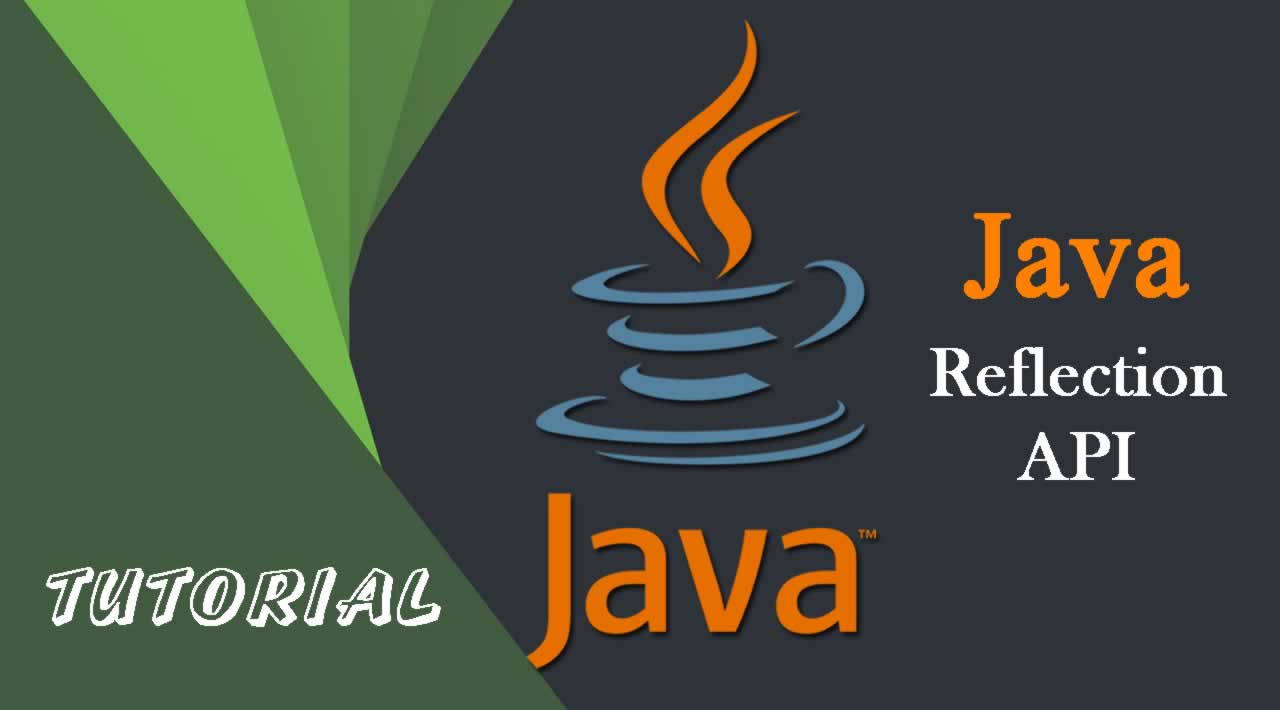


It is also possible to instantiate new objects, invoke methods and get/set field values using reflection. So, let’s benchmark different approaches, such as reflection, method handles, and code generation. Java Reflection makes it possible to inspect classes, interfaces, fields and methods at runtime, without knowing the names of the classes, methods etc. And, it can directly influence their performance. We will get the metadata of below class named Guru99Base.What is the fastest way to read a getter from a Java class without knowing the class at compilation time? Java frameworks often do this - a lot. It will use the JDKs reflection library to find and invoke the. Public Class getInterfaces() : Returns an array of interfaces implemented by the specified class This class acts as a proxy to invoke a specific method on objects of a specific class.public Class getSuperclass(): Returns the super class reference.Public String getName (): Returns the name of the class.Modifier: This class is used to gather information about a particular access modifier.Constructor: This class is used to gather declarative information such as access modifier, name and parameter types of a constructor.Method: This class is used to gather declarative information such as access modifier, return type, name, parameter types and exception type of a method.Firstly, we need to get a Method object that reflects the method we want to invoke. In this short article, we'll take a quick look at how to invoke methods at runtime using the Java. The first step is to obtain a object for the class that you want to manipulate. Call Methods at Runtime Using Java Reflection 1. For example, suppose that class B inherits from class A and both implement a virtual method. There are three steps that must be followed to use these classes. Reflection uses dynamic method lookup when invoking virtual methods. Where Reflection is used The Reflection API of Java. The reflection classes, such as Method, are found in . Through reflection, we can call a method at runtime independent of their access specifier. Field: This class is used to gather declarative information such as datatype, access modifier, name and value of a variable. is a class representing a single class method.Android development calls a method in which a class is. To then call getName (), you need to cast the returned object to the type that has the method. The previous record of the study notes calling C, and now record the C-reflections to call Java notes. VehicleConfiguration instance new VehicleConfiguration () Object returnObject method.invoke (instance) // assuming no parameters. And thing about it - you are providing a message that is. But imo - this is strange and not needed. From there you can get the class name and method name (even if the method is overridden, you will see the exact class there), and get the method through reflection. Example 4: How to get Metadata of Constructorsįollowing is a list of various Java classes in to implement reflection- You then need to invoke () this method on an instance of your class. Thread.getStackTrace () gives you the current stacktrace.Example 3: How to get Metadata of Method.Example 2: How to get Metadata of Variable.Example 1: How to get Metadata of Class.How to get complete information about a class.boolean b (Boolean) lenMethod.invoke(stringObj, new Object. The package provides many classes to implement reflection java.Methods of the class is used to gather the complete metadata of a particular class. Calling a method via reflection in Java: details Method lenMethod String.class. And, using the object we can call various methods to get information about. One advantage of reflection API in Java is, it can manipulate private members of the class too. In order to reflect a Java class, we first need to create an object of Class. Reflection API in Java is used to manipulate class and its members which include fields, methods, constructor, etc. Lets understand this with the help of the example. Java Reflection is the process of analyzing and modifying all the capabilities of a class at runtime. In this post, we will see how to invoke the method using reflection in java.


 0 kommentar(er)
0 kommentar(er)
